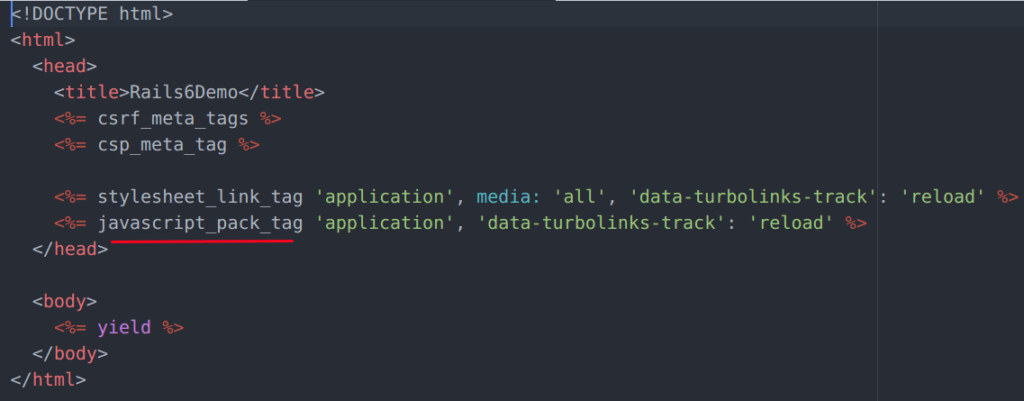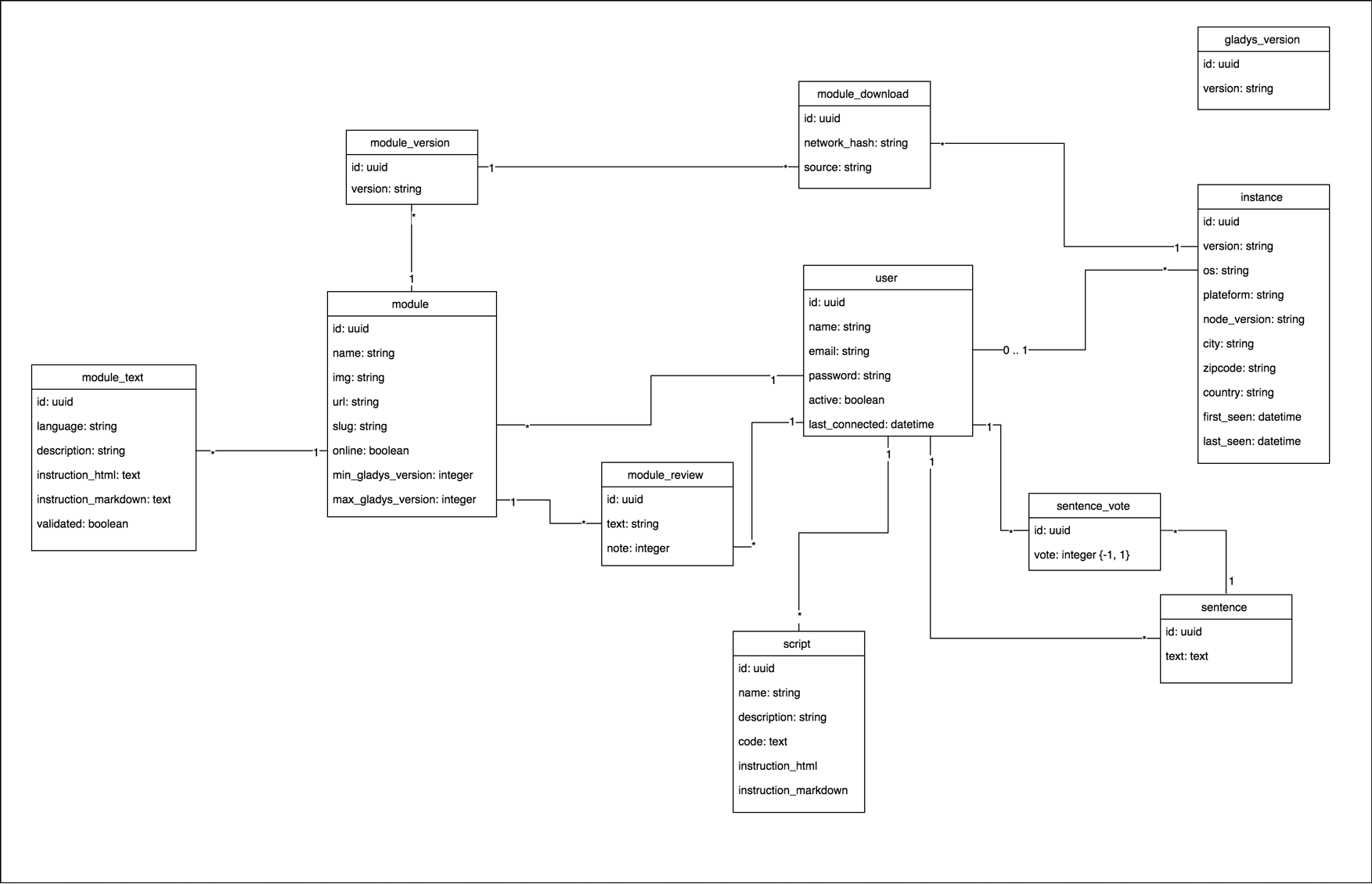

Configure the Agent to collect request traces and logsĭatadog APM provides detailed insight into service-level performance by enabling you to trace requests across every service in your application.

Note that Go and Python versions may vary depending on which version of the Agent you installed. Note that this guide includes commands for Linux hosts, so some commands may differ if you are using another operating system. Installing and configuring the Datadog Agent.(Though we will focus on these integrations in this guide, you can also monitor NGINX servers and PostgreSQL database systems with Datadog.) This post will cover:
Json query inside where rails how to#
In this post, we’ll show you how to use Datadog to collect metrics, request traces, and logs from a Rails application running on Passenger, Apache, and MySQL. Passenger acts as a module for the web server, running application code while the server handles HTTP requests. It also supports a few different application servers: Passenger is a popular choice, as it offers more features than Rails’s built-in application server (Puma) and integrates easily with both Apache and NGINX. Rails provides multiple integrations for its supporting database (e.g., MySQL and PostgreSQL) and web server (e.g., Apache and NGINX). Rails applications consist of a database, an application server for running application code, and a web server for processing requests. It favors the Model-View-Controller (MVC) architecture and includes generators that create the files needed for each MVC component. Rails is a Ruby framework for developing web applications.


 0 kommentar(er)
0 kommentar(er)
